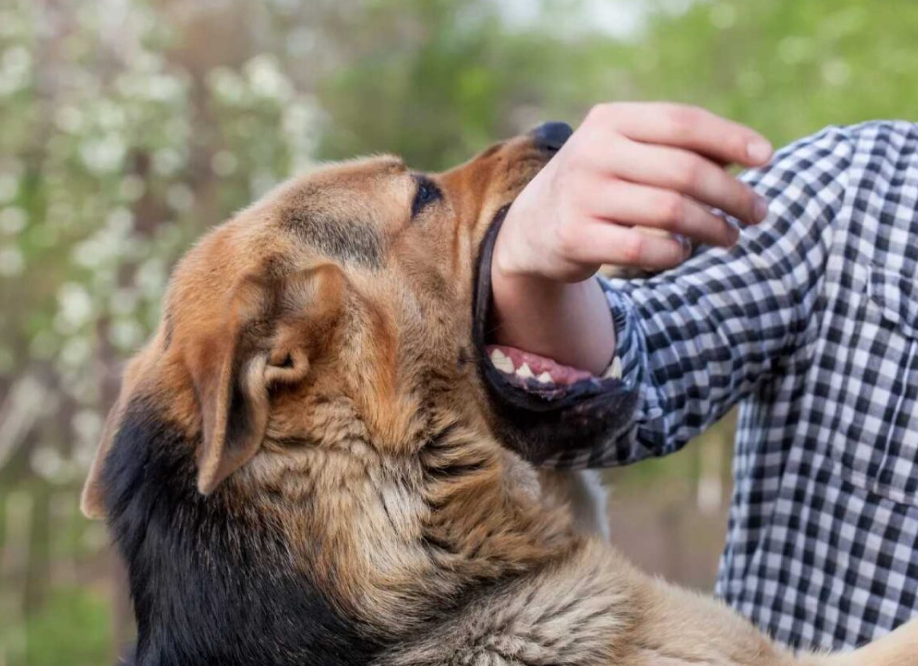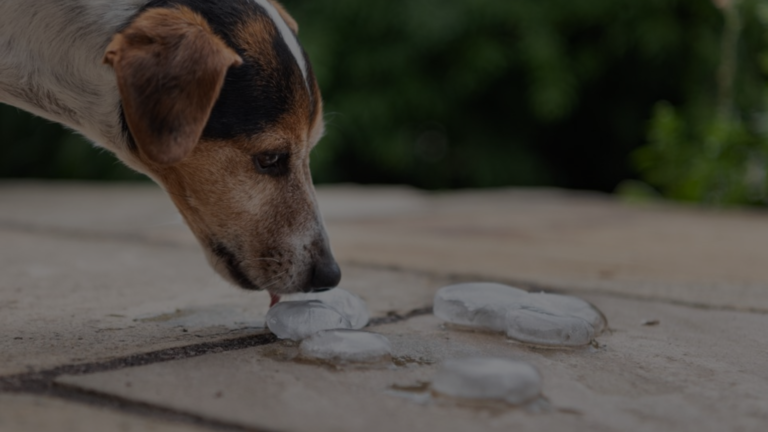Dog bites are a common occurrence, with the World Health Organization (WHO) estimating that over 4.5 million people are bitten by dogs annually in the United States alone. While most dog bites are minor and don’t cause serious injury, there is a potential for more severe consequences, including broken bones. So, the question is can a dog bite break a bone?
This article will delve into the complexities of dog bite injuries and bone fractures, exploring the factors that contribute to their occurrence, the severity of injuries, and essential steps for prevention and treatment.
Can a Dog Bite Break a Bone?
Yes, a dog bite can indeed break a bone. According to the American Academy of Orthopaedic Surgeons, dog bites are one of the most common causes of bone fractures in children. The bones most frequently broken by dog bites are the arm bones, followed by the leg bones.
The force of a dog’s bite and the size of the dog play a significant role Large dogs, such as Rottweilers and Pit Bulls, are more likely to cause bone fractures due to their powerful jaws and bite pressure.
Understanding Dog Bite Force and Bone Strength
Dogs possess mighty jaws capable of exerting immense bite force. The pressure generated varies significantly across breeds, with larger breeds like Mastiffs or Pit Bulls packing a much stronger punch than smaller breeds like Chihuahuas. Studies suggest that bite forces can range from 200 pounds per square inch (psi) for smaller dogs to over 700 psi for larger breeds.
Human bones, while remarkably strong, have varying degrees of resilience. Smaller and thinner bones, like those in the hands, feet, and fingers, are more susceptible to fractures under significant force. Additionally, factors like age, underlying health conditions, and bone density can influence individual vulnerability.

Factors Determining Fracture Risk After a Dog Bite
While any dog bite carries some risk, several factors contribute to the likelihood of a fracture:
- Dog breed and size: As mentioned earlier, larger and stronger breeds pose a higher risk due to their increased bite force.
- Bite location: Bones in the hands, feet, and fingers are more susceptible to breaks compared to sturdier bones like the tibia or femur.
- Duration and severity of the bite: Prolonged biting or multiple bites significantly increase the risk of fractures.
- Individual vulnerability: Age, bone density, and pre-existing conditions can make individuals more susceptible to injury.
- Additional trauma: Falls or collisions during a dog attack can lead to fractures even if the bite itself doesn’t directly cause them.

Recognizing the Signs and Symptoms of a Dog Bite Fracture
If you or someone you know experiences a dog bite, be vigilant for signs of a potential fracture:
- Intense pain, especially when moving the affected area.
- Visible deformity or swelling around the bite wound.
- Bruising or discoloration near the bite.
- Inability to bear weight on the affected limb (if the bite occurred on hand, foot, or leg).
- Numbness or tingling in the bitten area.
Seeking immediate medical attention is crucial if you suspect a fracture. Prompt diagnosis and treatment can minimize complications and promote optimal healing.
READ: Deer Bones for Dogs
Treatment Options for Dog Bite Fractures
The specific treatment for a dog bite fracture depends on the severity and location of the injury. Common approaches include:
- Immobilization: Splints or casts may be used to stabilize the bone and promote proper healing.
- Pain management: Medication can help manage pain and discomfort during the healing process.
- Surgery: In some cases, surgery may be necessary to realign fractured bones or repair complex injuries.
- Physical therapy: Rehabilitation exercises can help regain strength and mobility after fractures heal.

Taking Steps to Prevent Dog Bite Injuries and Fractures
The good news is that many dog bite fractures are preventable. Here are some crucial steps you can take:
- Supervise children around dogs: Always supervise young children when interacting with dogs, even familiar ones.
- Respect dog body language: Learn to recognize signs of fear or aggression in dogs and give them ample space.
- Avoid approaching unfamiliar dogs: Never pet a dog without the owner’s permission.
- Teach children dog safety: Educate children about responsible dog interactions and how to behave around unfamiliar animals.
- Socialize your dog: Proper socialization and training can help reduce your dog’s fear and aggression towards humans and other animals.
- Secure your property: Ensure your fence and gate are sturdy to prevent your dog from escaping and potentially biting someone.
Conclusion: Bone Break After a Dog Bite
While dog bites are common, understanding the risks of fractures and taking necessary precautions can significantly reduce the likelihood of serious injuries. By educating yourself and others about dog safety, responsible pet ownership, and the potential consequences of dog bites, we can create safer communities for humans and our canine companions.
Resources & References
FAQs About Dog Bites and Broken Bones
Can any dog bite break a bone?
Yes, any dog bite has the potential to break a bone, but the risk depends on several factors. Larger breeds with stronger bite forces and bites targeting weaker bones like hands, feet, or fingers pose a higher risk. Individual vulnerability due to age, bone density, and pre-existing conditions also plays a role.
What are the most common bones broken by dog bites?
Hands, fingers, feet, and toes are the most frequently fractured bones due to dog bites. These bones are smaller and thinner, making them more susceptible to breaks under significant force.
How long does it take for a dog bite fracture to heal?
Healing time for dog bite fractures depends on the severity and location of the injury. Simple fractures in adults can heal within 6-8 weeks with proper treatment, while complex fractures or those in children may require longer healing times and physical therapy.
Do all dog bites require medical attention?
Not all dog bites require medical attention. Minor bites with superficial puncture wounds and no signs of infection can be treated at home with proper cleaning and first aid. However, any bite causing significant pain, swelling, deformity, or difficulty moving the affected area warrants immediate medical evaluation to rule out fractures and potential infections.
What should I do if a dog bites me?
- Seek medical attention immediately, especially if there are signs of a fracture or infection.
- Clean the wound thoroughly with soap and water.
- Apply a clean bandage to the wound.
- Report the bite to animal control, even if the dog is familiar.
- Consider rabies vaccination if necessary, based on the dog’s vaccination status and risk factors.
How can I prevent dog bite fractures?
- Supervise children around dogs.
- Respect dog body language and avoid approaching unfamiliar dogs.
- Socialize and train your dog properly.
- Teach children responsible dog interaction and safety.
- Secure your property to prevent dog escapes.







